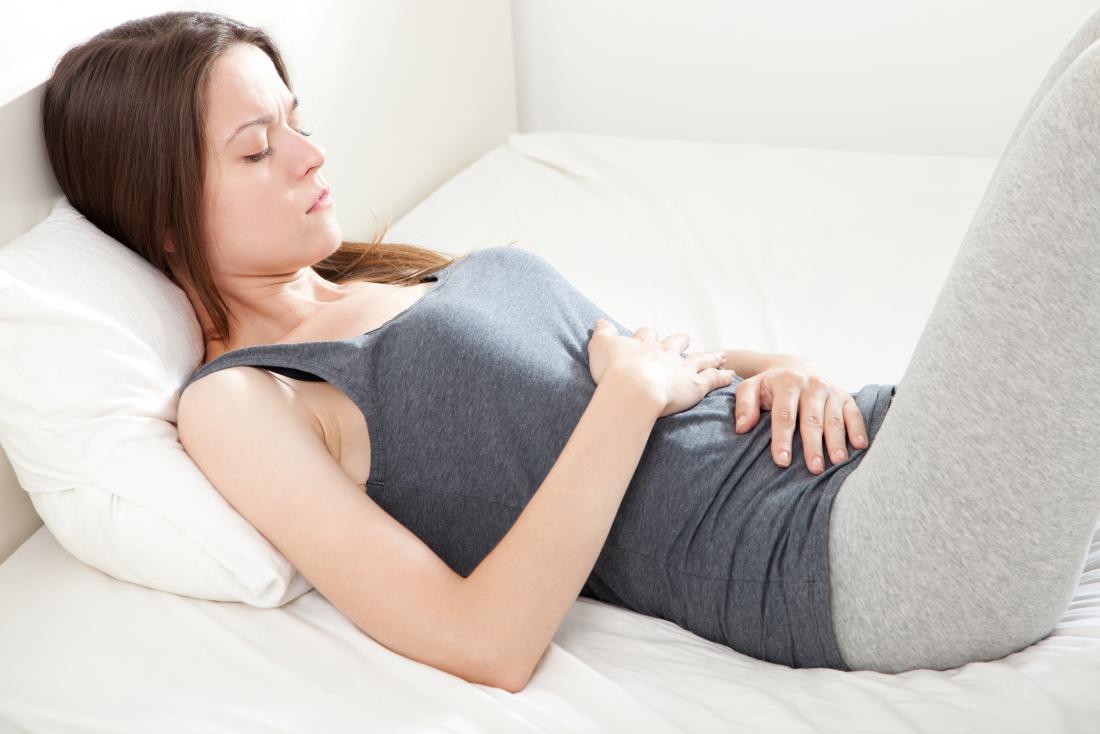What is Ovulation?
Ovulation is the process of releasing a mature ovum from a female’s ovaries. This process occurs approximately halfway through the menstrual cycle and it is marked by hormonal changes.
The ovary produces one egg each month, and this egg moves into the uterus to be fertilized by sperm if there is any sperm present in the uterus. If not, then it will disintegrate or be reabsorbed by the body.
Cramps That Come Suddenly
The most common symptom of ovulation is cramping. The cramps are usually not too severe, but they may be more intense than usual if you have a short luteal phase. Cramping after ovulation can also be caused by an infection or other medical conditions.
The pain associated with menstrual cramps is usually the result of uterine muscle contractions that help to shed the uterine lining and prepare it for implantation of a fertilized egg. These contractions happen in response to prostaglandins, which are released in the uterus when an egg is released from one of the two ovaries. Menstrual cramps typically last for two to three days and may be accompanied by nausea, vomiting, diarrhea, or breast tenderness.
Period cramps are often described as a dull ache on either side of the lower abdomen that lasts for several hours at a time and can sometimes last up to two weeks. It’s common for period cramps
What are the Symptoms of Menstrual Cramps and What Causes Them?
In a woman’s monthly cycle, the ovaries release an egg and a hormone called progesterone. Progesterone helps prepare the uterus for pregnancy. If the egg isn’t fertilized, estrogen and progesterone levels drop. The uterine lining sheds and menstruation begins. Menstrual cramps are caused by contractions in the uterus or ovaries that happen when the uterus sheds its lining. The most common symptom of menstrual cramps is abdominal pain, which can vary in intensity from mild to severe.
Other symptoms include backache, headache, pelvic pressure or pain, nausea or vomiting, diarrhea or constipation, breast tenderness and mood swings. The causes of menstrual cramps are not yet known but there are many theories that may explain them:
1) Changes in hormones: When estrogen levels drop after ovulation (or during menstruation), your body releases prostaglandins – hormones that cause contractions in your uterus and other organs – to help the uterus prepare for menstrual flow.
2) Hormonal imbalance: It has been suggested that an imbalance in hormones could lead to cramping. Studies have shown that women with endometriosis have a higher risk of abdominal pain and cramps during menstruation.
3) Uterine muscles contractions: The uterus can contract involuntarily, which may cause cramps or pain
4) Increased inflammation: Your blood vessels become more irritated when estrogen levels drop.
What to do if I Have Cramping After Ovulation?
Cramping during ovulation can be a very painful experience for many women. The cramps are caused by the uterus contracting to get ready for menstruation. This is why you might notice that the cramps are more intense when you ovulate.
If you have cramping after ovulation, there are some things that you can do to help ease the pain and discomfort. Here are some of the ways that might help:
– Drink plenty of fluids
– Take a hot bath
– Massage your lower abdomen
– Try using an ice pack on your lower back
– Avoid strenuous activity
How to Prevent Ovarian Cysts from Triggering Menstrual Cramps?
Ovarian cysts are fluid-filled sacs that grow on or in the ovaries. They are not cancerous and most of them disappear on their own. However, some women experience severe menstrual cramps when they have them.
The ovaries are the organs that produce eggs and hormones, including estrogen and progesterone. When an ovarian cyst is present, it can interfere with the regular production of these hormones which in turn can lead to menstrual cramping.
There are many ways to prevent ovarian cysts from triggering menstrual cramps like avoiding alcohol, caffeine, smoking cigarettes or marijuana, wearing loose fitting clothing around the waistline and avoiding tight clothing around the belly area.
How to Get Rid of Ovarian Cysts Naturally?
Ovarian cysts are fluid-filled sacs that develop in or on the surface of the ovaries. They can cause pain and other symptoms, depending on their size. Women usually experience symptoms like abdominal pain, bloating, nausea, vomiting and pelvic pressure. The most common symptom is pain in the lower abdomen area that comes and goes. This is because ovarian cysts press against the uterus or fallopian tubes and cause these structures to twist or spasm. The most common causes of ovarian cysts are: Tumor Polycystic ovary syndrome (PCOS)Endometriosis Pelvic inflammatory disease (PID)

